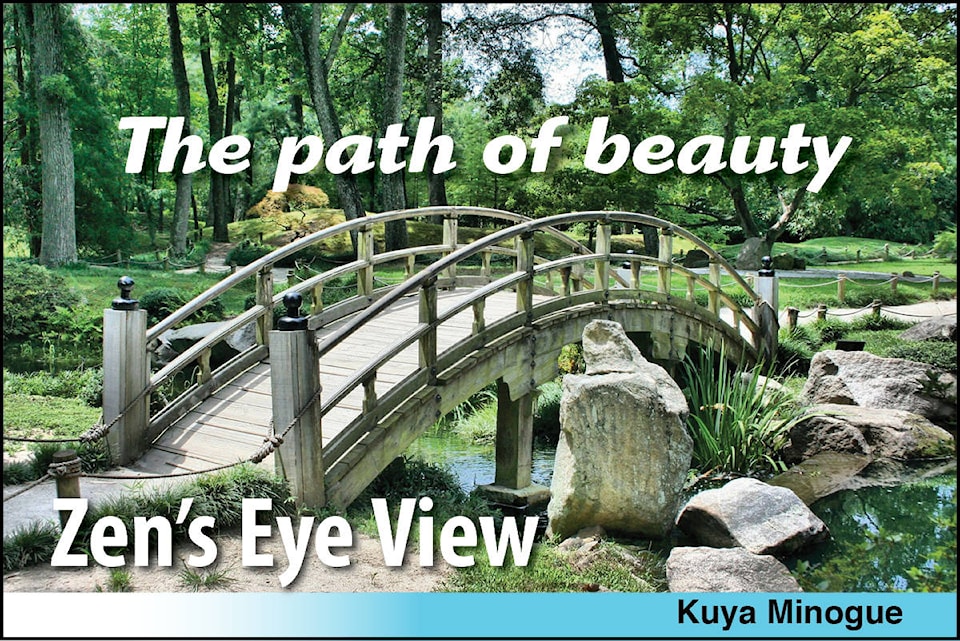There are many paths leading to enlightenment, including the path of being intimate with the beauty of all things. There are various ways to enter this path. One way is to train our minds to always sense beauty. From ancient times, it has been recommended that adults train children to love and appreciate the beauty of plants, animals, and human bodies. In addition, I suggest that each of us can train ourselves to love beauty. In a way, we are like children at the beginning of this practice. We see beauty in only a few physical forms.
But as we grow in this practice, we learn to see beauty in all physical forms, in mental forms, in certain types of activities or in certain types of study. We see beauty in mathematics, literature and music. And finally, we see beauty in everything. To realize the beauty in everything is the same as realizing the silent bond of universal friendship among us.
The path of knowing the beauty of all phenomena has certain difficulties. On this path, we will meet the limits of what we recognize as beautiful. We may meet limits about whom we feel is our close friend. Working with these limits is part of the path. Notice when you feel that someone, anyone, is not your close friend, and just be aware of that. Because you are trying to learn how it is that everyone is your close friend, it is important to be aware that, in some cases, you don’t feel the connection. This is a normal, and is, almost always, a necessary part of the path. To notice that you don’t think something is beautiful is part of the process of giving up your ideas about what is beautiful.
When we start to intentionally love beauty in its physical form or in some mental form, we have definite ideas of what is beautiful; and those ideas probably accompany our appreciation of this beautiful person, object or idea. However, your idea of their beauty is not beauty itself; it is only your idea of beauty. Conditioned ideas of beauty need to be dropped, because beauty is essentially free of all ideas of beauty. Coleridge had it wrong, beauty is NOT in the eye of the beholder – the idea of beauty is.
The hard part of this path of seeing beauty everywhere is renouncing discriminations which have been conditioned from ancient times. Recognizing and realizing that someone is your close friend is not the same as the idea that they are your close friend. But if you can give up discrimination between close and not close, in that relinquishing, you will open to the closeness that is actually waiting there to be enjoyed.
But again, it is not easy to give up discriminating between close and far. We are highly attuned to sense close and far. It’s a survival instinct. So, this will be difficult. But in a way, it is simple.
Lately I’ve been reflecting on the close bond among all of us in this town, in this valley and among all beings throughout space and time. I am also reflecting on any discrimination I have between close and far, near and distant friends. I intend to study this discrimination until I realize it can’t be grasped. Then I can let go of it, open to reality, and learn to see the beauty in everything. If I can see beauty wherever I look, I will know a serene and infinite happiness. Happiness is a practice; it is not bestowed on us from outside.
Everything I encounter, every person or object I meet, is an opportunity to check in. Do I see beauty or not? And if I do not see beauty, can I consider this as nothing more than a limitation on my wisdom in this moment. The Buddha taught that the beauty in all things is not in the thing, itself. Rather, it is the way every single thing supports every other thing. When we can see the beauty in this, we know the depth of enlightened joy. We realize the silent bond among all beings that is enlightenment.
